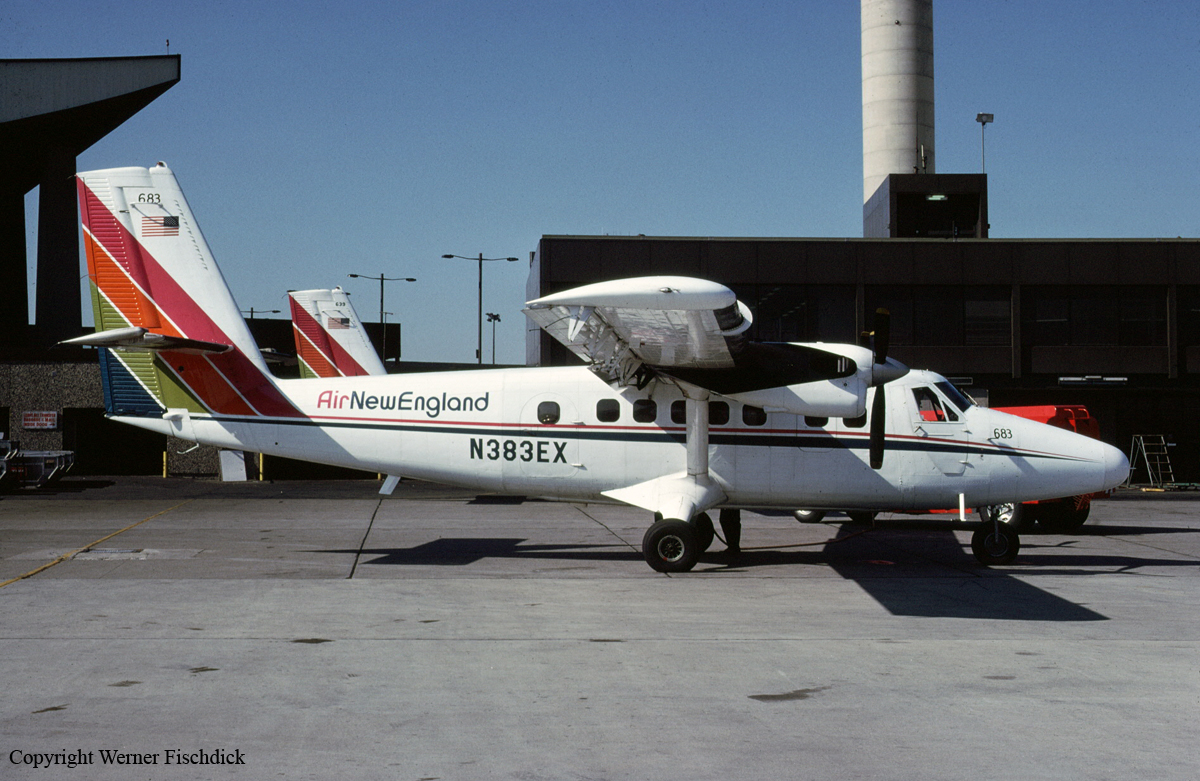Crash of a Cessna 421B Golden Eagle II in Charleston: 3 killed
Date & Time:
Jun 19, 1979 at 0813 LT
Registration:
N69733
Survivors:
Yes
Schedule:
Newport News - Charleston
MSN:
421B-0867
YOM:
1974
Crew on board:
1
Crew fatalities:
Pax on board:
4
Pax fatalities:
Other fatalities:
Total fatalities:
3
Captain / Total hours on type:
543.00
Circumstances:
On a final ILS approach to Charleston-Kanawha Airport in marginal weather conditions, the pilot continued the descent 1'000 feet below the glidepath when the twin engine airplane struck trees and crashed in flames in a wooded area located few hundred yards from the runway threshold. The pilot and two passengers were killed while two other occupants were seriously injured.
Probable cause:
Collision with trees on final approach after the pilot attempted operation beyond experience and ability level. The following contributing factors were reported:
- Improper IFR operation,
- Incorrect trim setting,
- High obstructions,
- Low ceiling,
- Fog,
- Visibility half a mile or less,
- ILS approach,
- Crashed inside outer marker, 1,000 feet below glidepath,
- The pilot did not have medical, multi-engine or instruments ratings.
- Improper IFR operation,
- Incorrect trim setting,
- High obstructions,
- Low ceiling,
- Fog,
- Visibility half a mile or less,
- ILS approach,
- Crashed inside outer marker, 1,000 feet below glidepath,
- The pilot did not have medical, multi-engine or instruments ratings.
Final Report:











